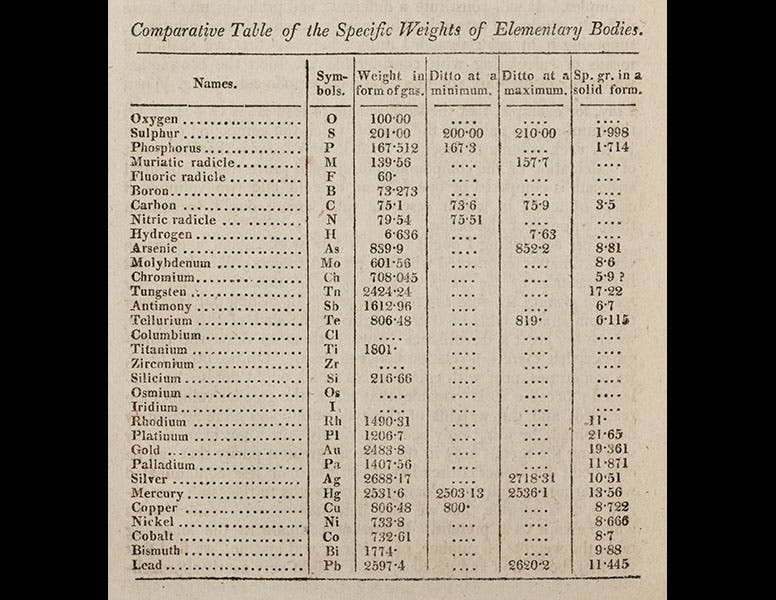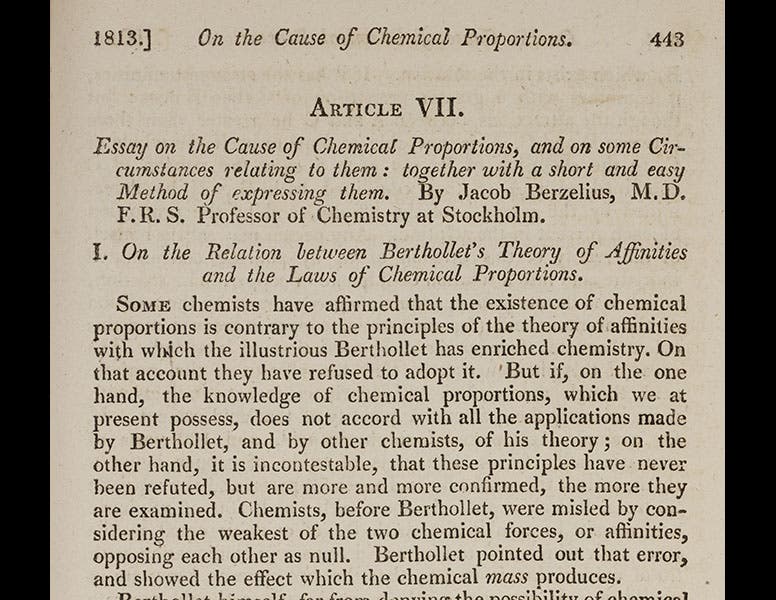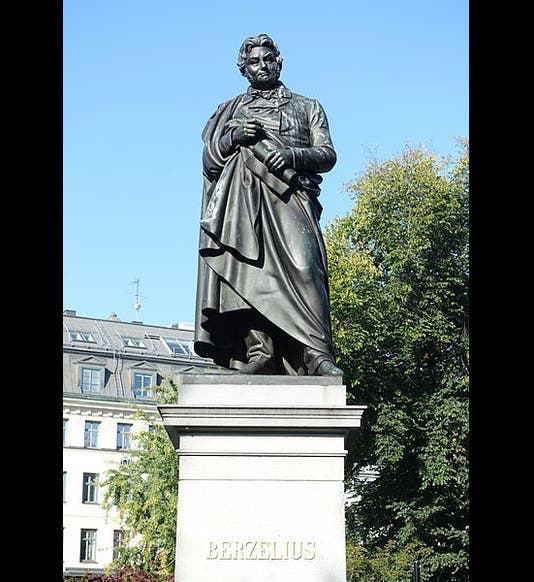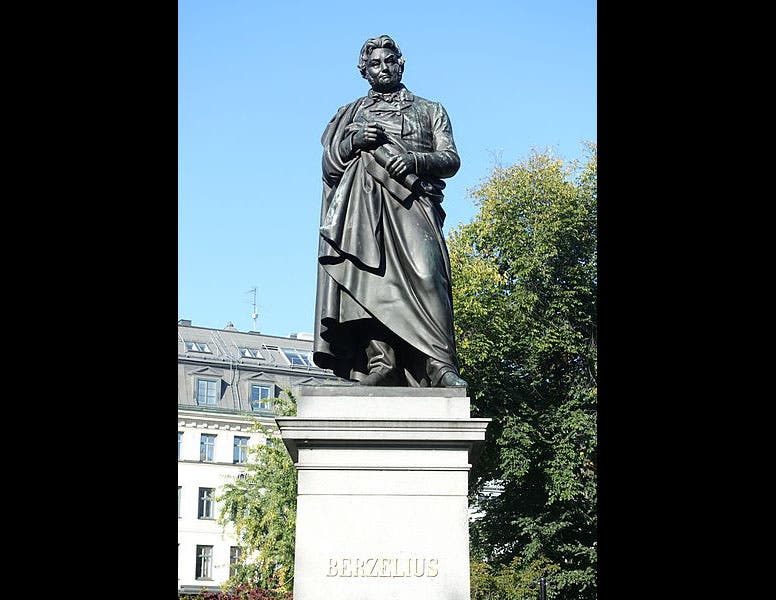Scientist of the Day - Jakob Berzelius

Linda Hall Library

Linda Hall Library

Linda Hall Library

Linda Hall Library
Jöns Jakob Berzelius, a Swedish chemist, was born Aug. 20, 1779. Berzelius was part of the second generation of chemists who accepted the reform in chemical nomenclature proposed by Antoine Lavoisier and his confrères and set out to improve the nomenclature and flesh it out with newly discovered elements. Berzelius did his share in the discovery department, being the first to isolate silicon (which he called silicium), selenium, and thorium, but he is best known for suggesting a new system of chemical symbols for the elements. John Dalton, the father of chemical atomism, had suggested using geometric symbols to represent each element: oxygen was a white circle, carbon a black circle, hydrogen a white circle with a dot in the center, etc. A graphic display of Dalton's chemical symbols can be seen as the first image on our Scientist of the Day entry for Dalton. Berzelius proposed instead a symbolism based on the first, or the first and second, letters of the Latin names of the elements; in his system, oxygen was O, hydrogen was H, and carbon was C, while calcium was Ca, copper was Cu, and cobalt was Co. In the table above (second image), we see 31 of the 46 known elements and their symbols, along with their specific weights.
Berzelius proposed to represent compounds by combining these symbols; so water was 2H + O, while iron oxide (the red kind) was Fe + 3 0, as we see on another page, showing the remaining 15 chemical symbols and some proposed ways of representing compounds (third image). We have made some changes since Berzelius, but basically it is his system that we still use. When you look at a chart of the periodic table, the language you are reading is the nomenclature Berzelius initiated back in 1814.
Berzelius published his proposed reform in a series of five articles in the journal, Annals of Philosophy, 1813-1814, which we have in our serials collection, and from which the images above were taken, including the first page of the first article (fourth image). The journal was founded and edited by Thomas Thomson (fifth image), an eminent chemist in his own right. In 1816, Thomson proposed that Berzelius’s silicium should be renamed silicon, because it was not a metal, but had properties similar to carbon and boron and its name should look like theirs. Berzelius agreed.
The statue of Berzelius (first image), sculpted by Carl Gustaf Qvarnström, was erected in the 19th century in Stockholm.
Dr. William B. Ashworth, Jr., Consultant for the History of Science, Linda Hall Library and Associate Professor, Department of History, University of Missouri-Kansas City. Comments or corrections are welcome; please direct to ashworthw@umkc.edu.







